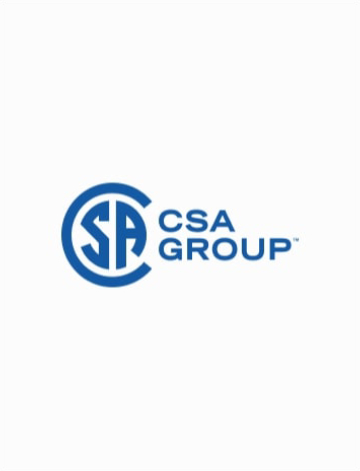Preface
This is the second edition of CSA O118.2, Eastern white cedar shingles. It supersedes the previous edition published in 1981 and replaces CSA O118.2-M1981, Eastern White Cedar Shingles.
This Standard specifies grading, manufacturing, packaging, labelling, and conformity assessment requirements for eastern white cedar shingles.
This Standard provides a new nomenclature for shingle grades (A, B, BW, C, and D). An effort has also been made to harmonize certain aspects of this Standard, e.g., terminology, with CSA O118.1-08, Western red cedar shakes and shingles, and CSA O118.3-93, Northern Pine Tapersawn Shakes.
Major funding for the development of this edition was provided by the Québec Forest Industry Council and its member organizations.
This Standard was prepared by the Subcommittee on Eastern White Cedar Shingles, under the jurisdiction of the Technical Committee on Wood Shingles and Shakes and the Strategic Steering Committee on Forest Products, and has been formally approved by the Technical Committee. It will be submitted to the Standards Council of Canada for approval as a National Standard of Canada.
Scope
1.1
This Standard applies to shingles manufactured from eastern white cedar (Thuja occidentalis L.). It specifies minimum grading, manufacturing, packaging, labelling, and conformity assessment requirements.
Note: See Annex A for a suggested conformity assessment program for use by third-party inspection and certification agencies and Annex B for recommendations on the use of shingles (including rebutted-rejointed shingles).
1.2
The sizes specified in this Standard are for shingles before drying unless otherwise indicated.
1.3
This Standard does not apply to shingles that have been remanufactured as shims.
1.4
This Standard is a manufacturing Standard and does not apply to installed shingles.
1.5
Where this Standard refers to hingles the terminology is also intended to include rebutted-rejointed shingles unless the context indicates otherwise.
1.6
In CSA Standards, shall is used to express a requirement, i.e., a provision that the user is obliged to satisfy in order to comply with the standard; should is used to express a recommendation or that which is advised but not required; may is used to express an option or that which is permissible within the limits of the standard; and can is used to express possibility or capability. Notes accompanying clauses do not include requirements or alternative requirements; the purpose of a note accompanying a clause is to separate from the text explanatory or informative material. Notes to tables and figures are considered part of the table or figure and may be written as requirements. Annexes are designated normative (mandatory) or informative (non-mandatory) to define their application.
1.7
The values given in SI (metric) units are the standard. The values given in parentheses are for information only.


